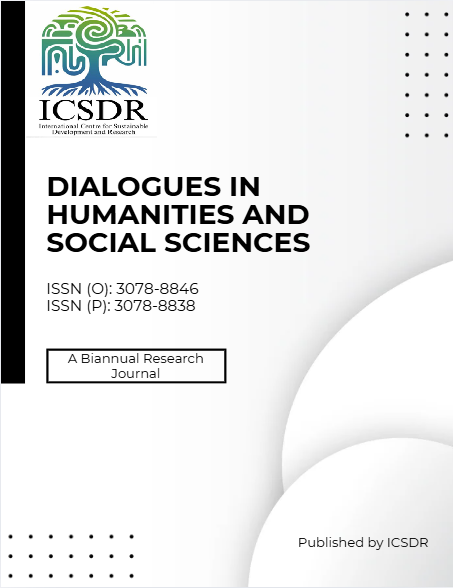Forensic Expert: An analysis of the solution in the App Kidnappings Links to Financial Fraud in South Africa Banking Industry
DOI:
https://doi.org/10.71261/dhss/3.1.39.46Keywords:
biometrics, technology, link, app, kidnappings, financial, fraud.Abstract
Research shows forensic experts revealed that as of the 2022/2023 financial year, the total number of kidnappings in South Africa reached 15 343 cases. Gauteng had the highest number of kidnappings, with 7 818 reports. KwaZulu-Natal followed with 3 081 cases of kidnapping in the same period. The escalating number of kidnappings in South Africa has reached unprecedented levels, with recent incidents shedding light on the dire reality faced by citizens. According to Statistics SA (StatsSA), more than 16 000 kidnappings are recorded annually in South Africa. Shockingly, 85% of these victims are women and children. Reasons for the kidnapping range from ransom demands to human trafficking, drugs, business debts, feuds and, in some cases, for muthi (traditional medicine) where human body parts are used. Crime statistics reveal a 183% increase in kidnapping cases over a nine-year period. From the 2012/2013 period, where 3 832 cases were reported, to the 2021/2022 period, where 10 826 cases were recorded, the trend has shown no signs of abating. This study aims to analyses the biometrics technology link app kidnappings to financial fraud in South Africa and Africa. Design/methodology/approach discusses from secondary sources of data, mainly drawn from journal articles, internet sources and scholarly books relevant to leadership and public administration in developing African countries and how the biometrics technology link app kidnappings to financial fraud can be combat crime such as financial fraud to ensure awareness and protection in the society. This will bring about a renewal of thoughts and practice of public protection on the continent.
Downloads
Published
Issue
Section
License
Copyright (c) 2025 Mokopane Marakalala

This work is licensed under a Creative Commons Attribution-NonCommercial 4.0 International License.
DHSS is licensed under a Creative Commons Attribution-NonCommercial 4.0 International license (CC BY-NC 4.0). This license permits users to use, reproduce, disseminate, or display the article provided that the authors are the original creators and that the reuse is restricted to non-commercial purposes, i.e., is attributed to research or educational use, provided that the work is properly cited.

